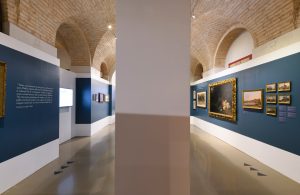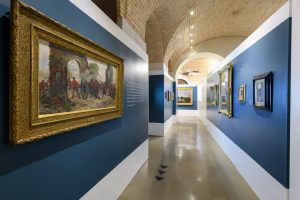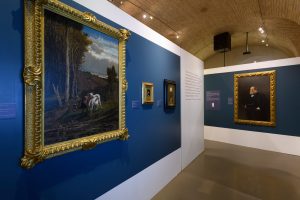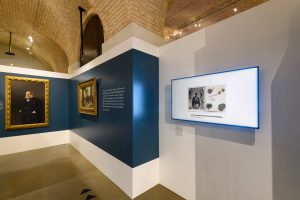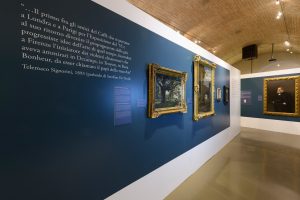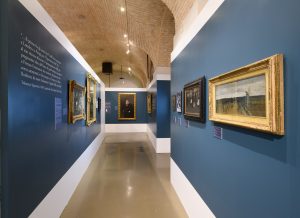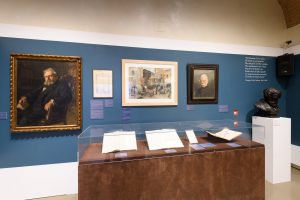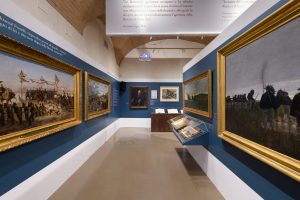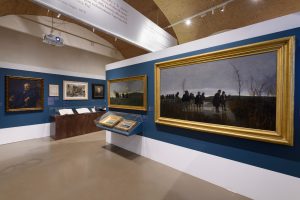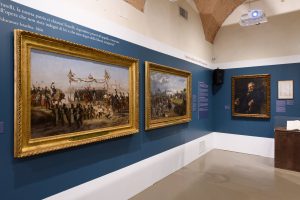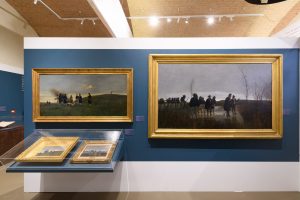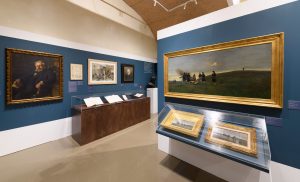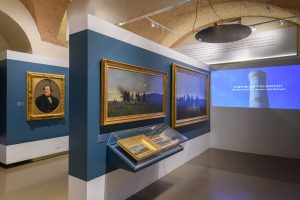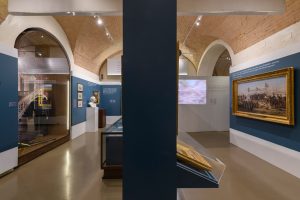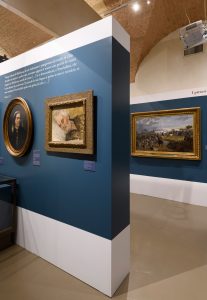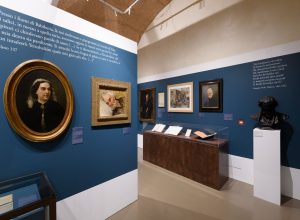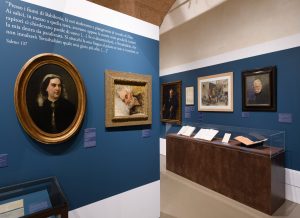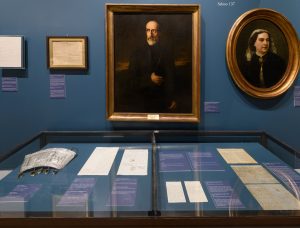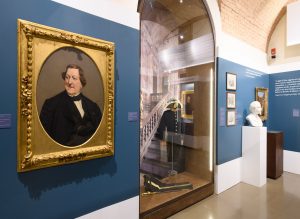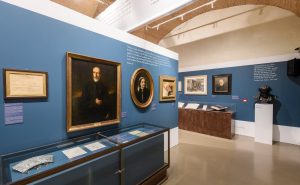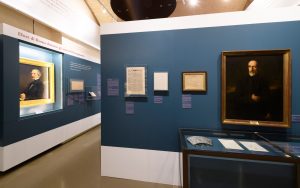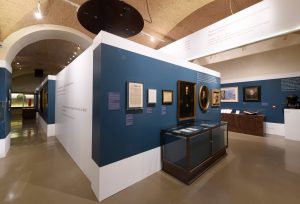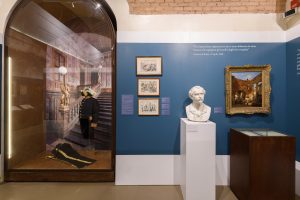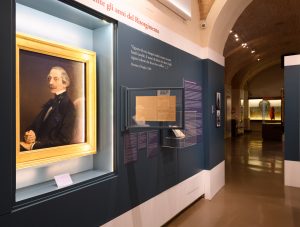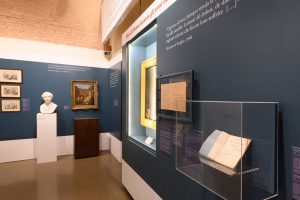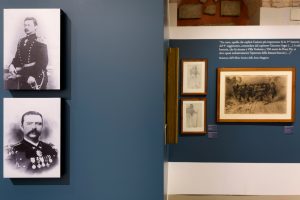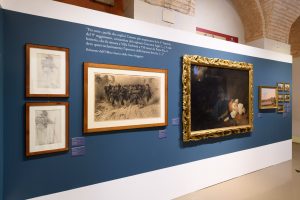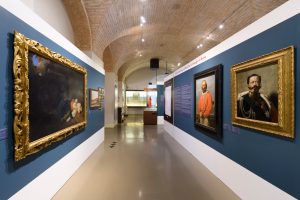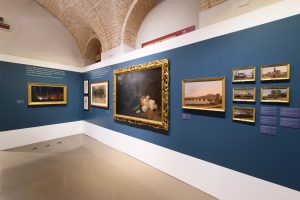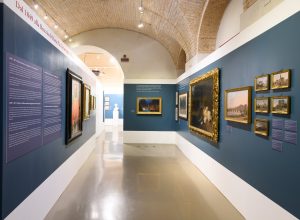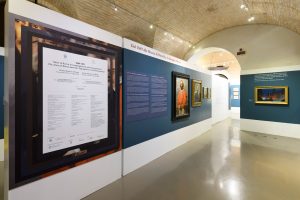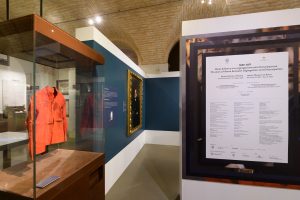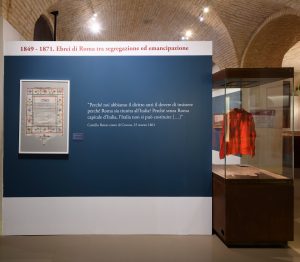1849 – 1871 Jews of Rome between segregation and emancipation
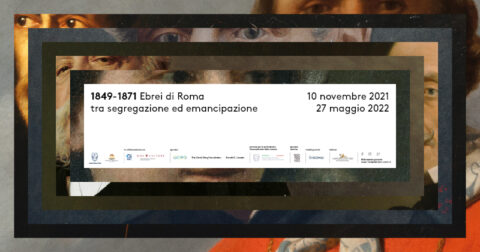
On the occasion of the 150th anniversary of the proclamation of Rome as the capital of the Kingdom of Italy, the Jewish Community of Rome and the Foundation for the Jewish Museum of Rome organized the 1849-1871 exhibition. Jews of Rome between segregation and emancipation, open to the public from 10 November 2021 to 27 May 2022. The exhibition made use of loans from the most important Italian museums of the Risorgimento and prestigious private collections, with the aim of making known and narrating the commitment and involvement of Italian Jews in the period of the Risorgimento, with particular attention to the role of the Jewish Community of Rome. Thanks to the targeted selection of the works – including paintings, sculptures and documents – the contribution of how many Jews in the field of arts, politics and culture spent themselves for the unification of the homeland was highlighted, giving us a complete picture of the role of Italian Jews during the Risorgimento and on the particular relationship between the Italian Israelite Universities and the new Kingdom of Italy. The Jewish communities of the peninsula participated heartily in the revolutionary phenomenon with the aim of claiming their full Italian character and at the same time demonstrating that their religious belief could merge with the civil ideal of the cult of the Nation advocated by Giuseppe Mazzini, thus intertwining Jewish values to the Italian ones. The effervescence of the historical moment and the interaction that existed between the different cultural environments stand out through the stories of some characters, from Massimo d’Azeglio to Giuseppe Mazzini, from Isacco Artom to Giacomo Segre, from Sara Levi Nathan to Samuele Alatri, narrated through paintings, sculptures and numerous correspondence exchanges. One section is dedicated to Jewish soldier-painters. Among these we remember Serafino De Tivoli, who played a fundamental role in the development of Macchiaioli painting together with Vito D’Ancona; the Piedmontese Raffaele Pontremoli and the Ligurian Alberto Issel, emblematic figures who joined the guns of the battles with brushes to represent them. From all these stories emerges the complicated process of emancipation well represented by other emblematic figures, such as the famous Trieste publisher Emilio Treves, who ideally closes the exhibition, represented in 1907 by the Livorno-born painter of Jewish origins Vittorio Matteo Corcos, portraitist of the House of Savoy. As for the rest of the Jewish communities, after the breach of Porta Pia, on 20 September 1870 also for the Roman Jews, finally free and emancipated after centuries of harassment, a new page opened, complex and not without pitfalls, in which it was It is necessary to reconcile integration in a secular and modern key with the preservation of an ancient cultural and religious identity which is too often threatened. The exhibition is accompanied by a sound installation with music created in the Risorgimento: the anthem Italy and Vittorio Emanuele II, composed by the well-known Roman Jewish musician Amadio Di Segni on words by Crescenzo Alatri, and Annoten Teshuà (blessing to the sovereign), traditional song of Rome harmonized by Maestro Amadio Di Segni.
The exhibition was created thanks to the generous support of Acea SpA, the David Berg Foundation, Ronald S. Lauder and an international philanthropic foundation, and made use of the collaboration of the Cultural Heritage and Activities Department of the Jewish Community of Rome, the Superintendence Capitoline to Cultural Heritage and the Ministry of Foreign Affairs and International Cooperation.

